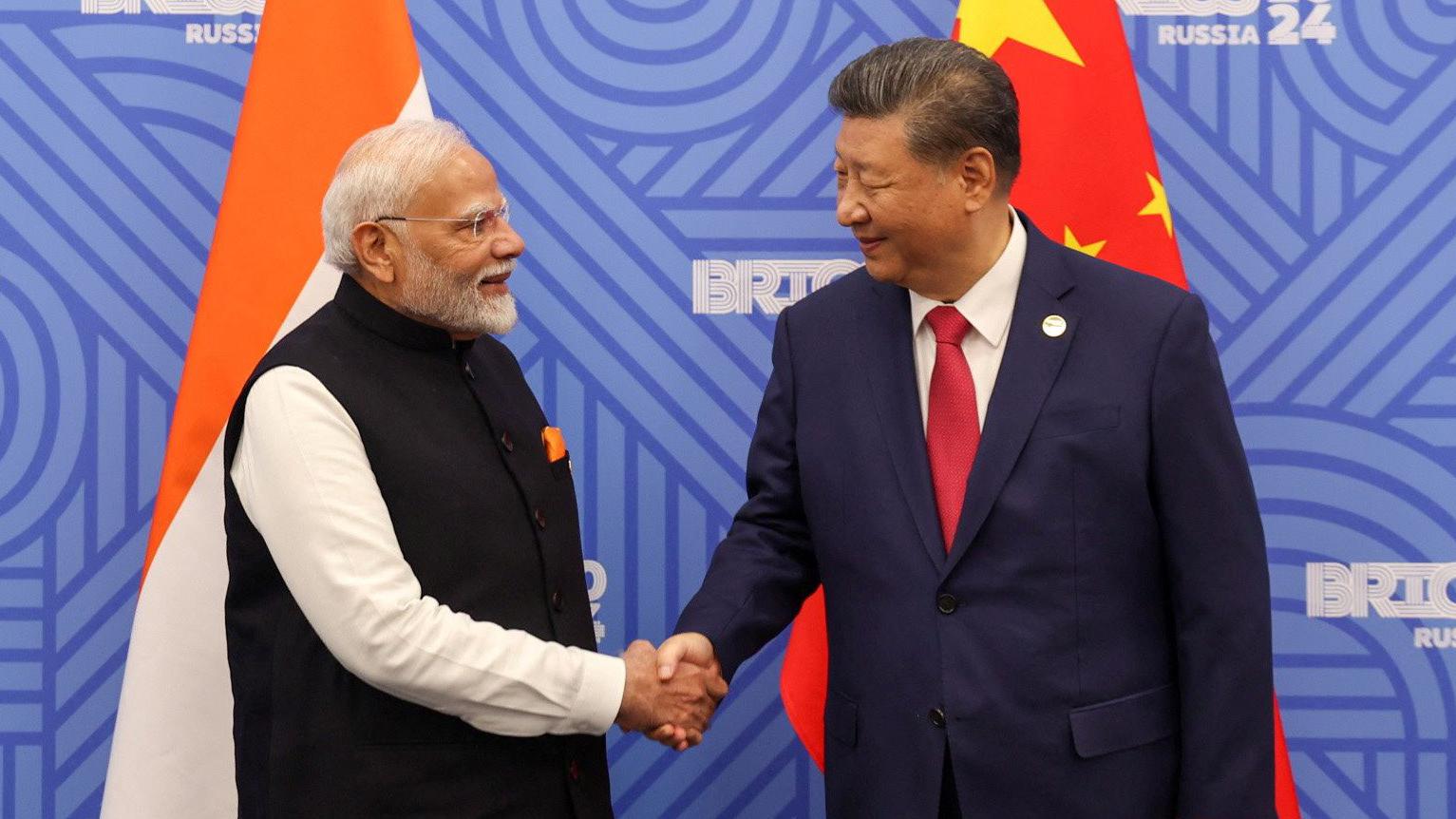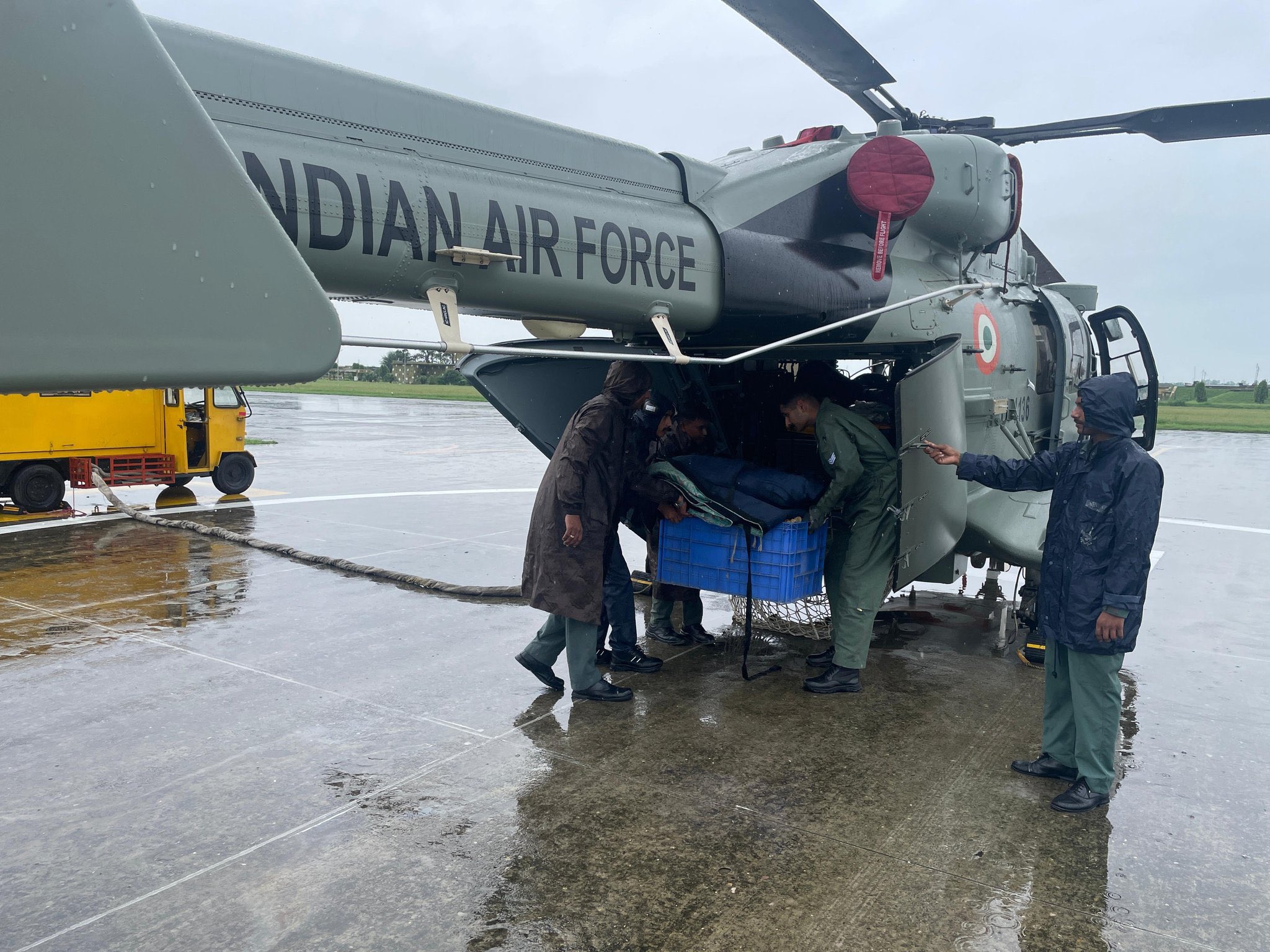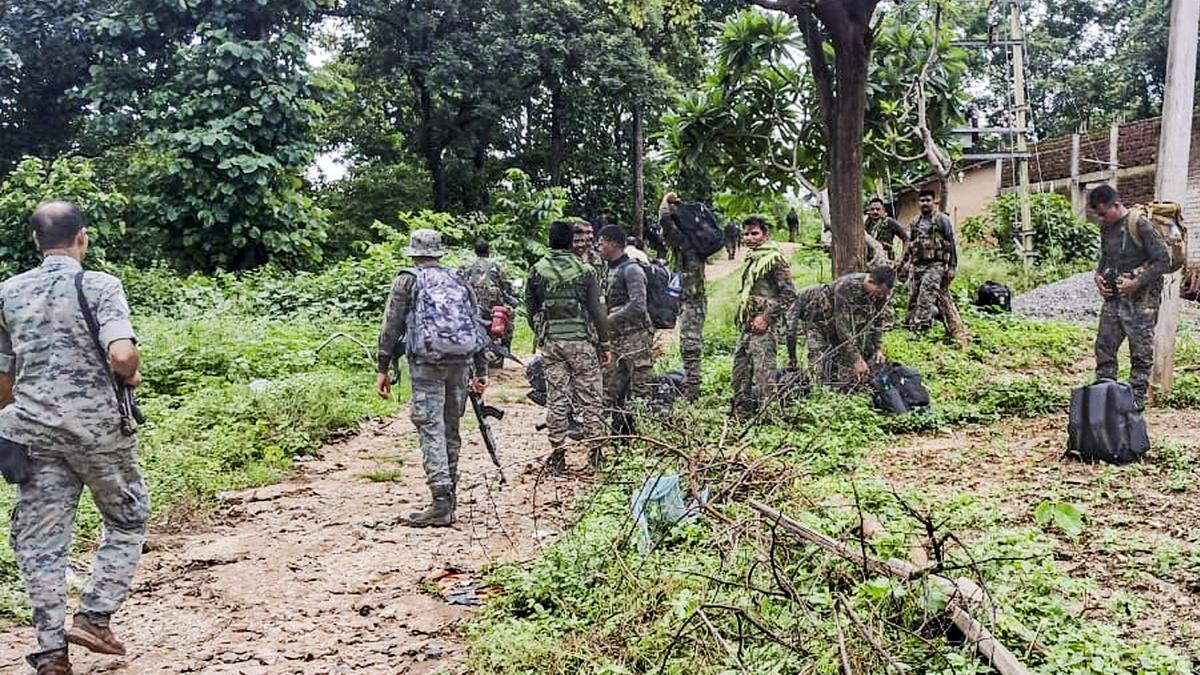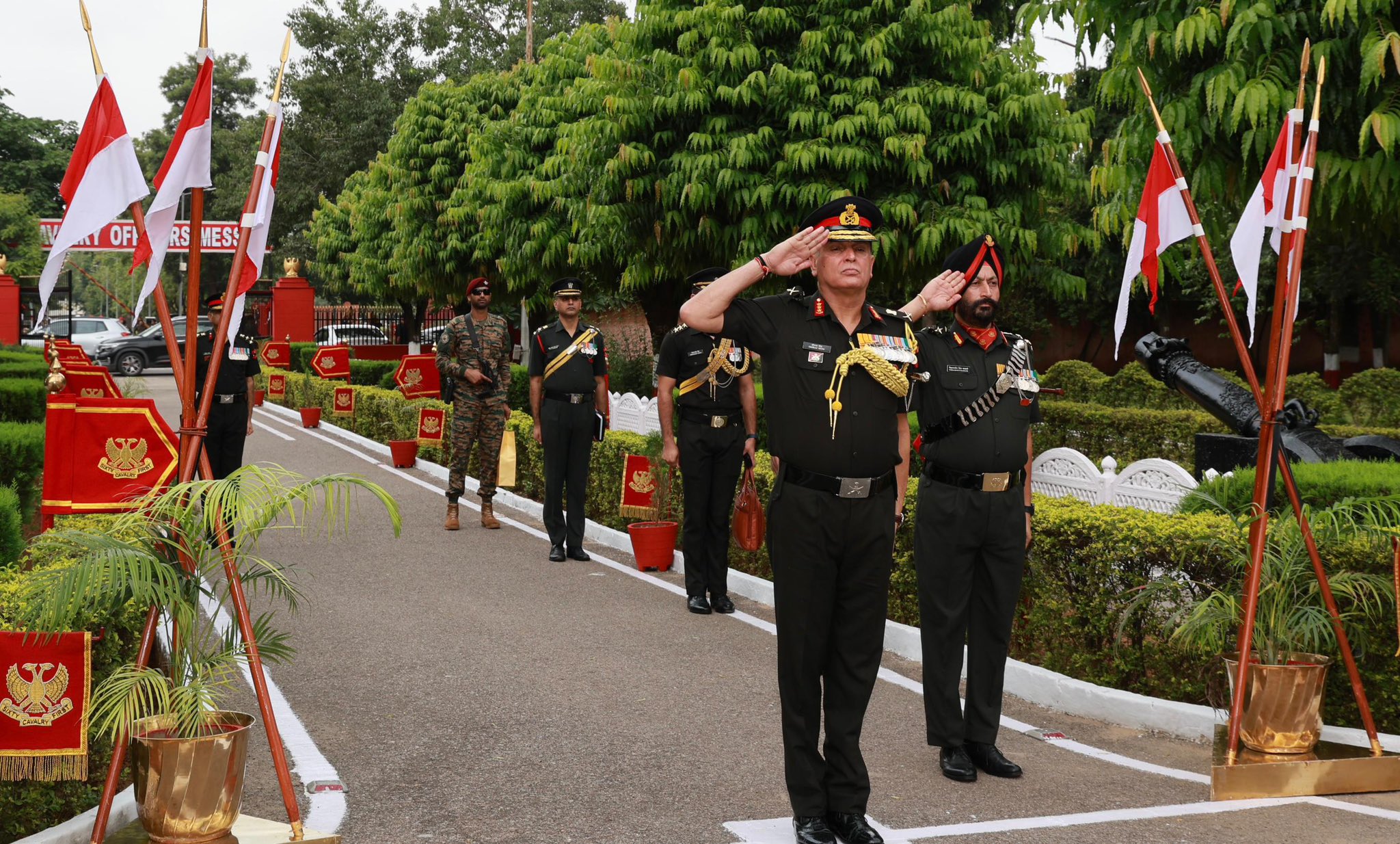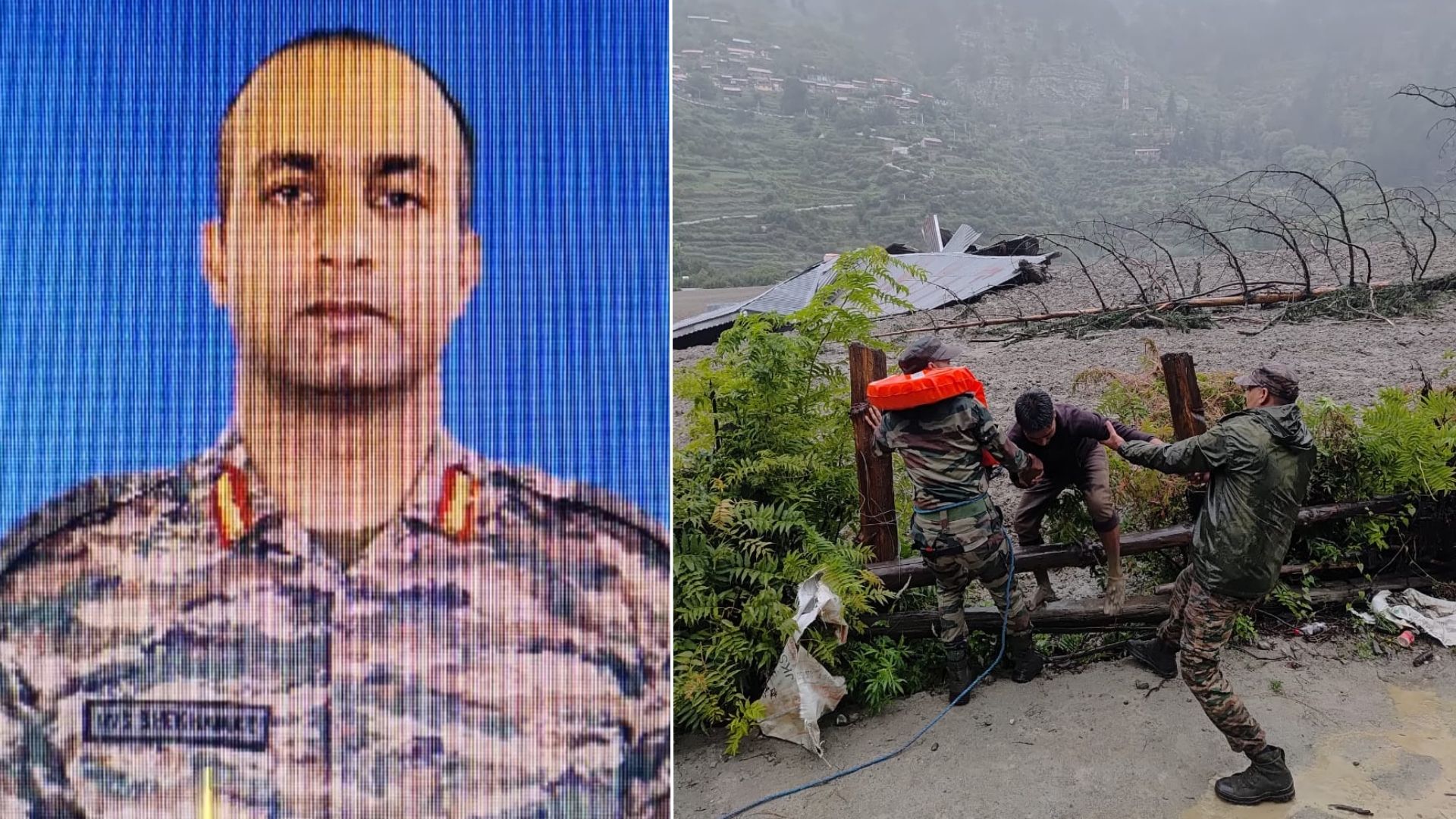PM Modi to Visit China for SCO Summit in First Trip Since Galwan Clash
Prime Minister Narendra Modi will travel to Tianjin, China, from August 31 to September 1 to attend the Shanghai Cooperation…
Long-Range Precision Strikes in May Dealt Major Psychological Blow to Pakistan: CDS
Chief of Defence Staff (CDS) General Anil Chauhan has said that India’s long-range precision strikes during the May cross-border hostilities…
Indian Air Force Deploys Aircrafts for Swift Relief Operations in Flood-Hit Uttarakhand
The Indian Air Force (IAF) has launched a rapid relief operation in flood-affected areas of Uttarakhand following flash floods that…
Top Naxal Commander Martin Kerketta Killed in Jharkhand Encounter
In a significant success for Jharkhand’s anti-Naxal operations, security forces gunned down Martin Kerketta, the self-styled leader of the banned…
Lt Gen Dhiraj Seth Assumes Role as 25th Colonel of 61st Cavalry Regiment in Jaipur
Lieutenant General Dhiraj Seth, PVSM, AVSM, General Officer Commanding-in-Chief of the Southern Command, visited the 61st Cavalry Regiment in Jaipur…
Colonel Harshvardhan Leads Massive Rescue Operation in Uttarakhand Amid Devastating Mudslides
In a swift and determined response to a catastrophic mudslide triggered by a cloudburst, the Indian Army has launched a…

